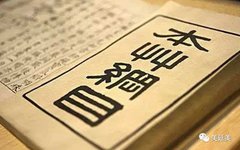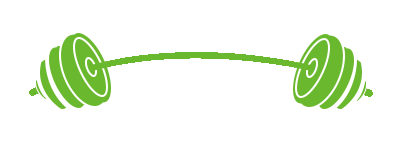
Click the blue text to follow me and enjoy a warm winter together.
The origin of medicinal cuisine can be traced back to ancient times.
In ancient times, it was a primitive period for medicinal cuisine. Based on the views of “food is the heaven for the people” and “medicine and food share the same source”, it can be inferred that our ancestors, while struggling against nature for survival, reproduction, and development, not only solved the problem of food sources but also discovered medicinal substances, thus obtaining important tools for ensuring survival, maintaining health, and overcoming diseases.
By the time of the Xia and Yu dynasties, medicinal cuisine began to sprout, and various cooking methods were already in existence. Through long-term practical experience, dietary therapy gradually transitioned into a theoretical stage.
During the Spring and Autumn and Warring States periods, as well as the subsequent Qin and Han dynasties, the emergence of dietary therapy theories marked a leap in its development, which was also an important stage for the flourishing of medicinal cuisine studies.
Subsequently, from the Jin and Yuan dynasties to the Ming and Qing dynasties, numerous specialized works and discussions emerged. At this time, medicinal cuisine was no longer limited to the upper class but was accepted and utilized by all social strata.
By the Ming and Qing dynasties, especially after the publication of the Compendium of Materia Medica (Bencao Gangmu), the relationship between medicinal cuisine and people’s lives became even closer, and it was even reflected in some literary masterpieces of the time, such as Cao Xueqin’s Dream of the Red Chamber and Pu Songling’s Strange Stories from a Chinese Studio. At this time, the system of medicinal cuisine was approaching maturity.
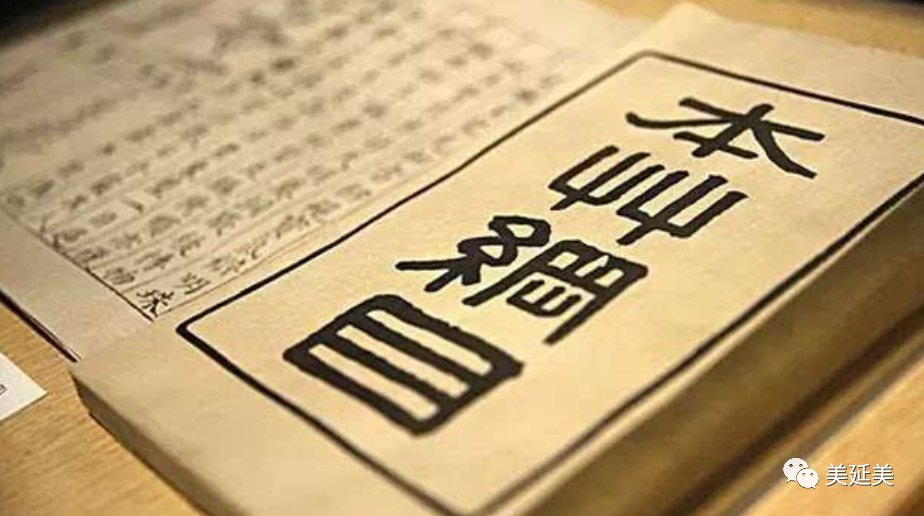
Today, as people’s living standards continue to improve, the concept of self-care has undergone a fundamental change, and the idea of frequently consuming medicinal cuisine to prevent and treat diseases has become deeply ingrained in people’s minds.
1. The Concept of Medicinal Cuisine One of the differences between Traditional Chinese Medicine (TCM) and Western medicine is:
TCM divides the state of the human body into health, pre-disease, and disease, and proposes the viewpoint that “the superior doctor treats pre-disease, the intermediate doctor treats disease” and “the sage does not treat disease, but treats pre-disease”. In contrast, Western medicine believes that treatment occurs only when one is ill, viewing health and illness as two completely incompatible stages. This viewpoint is also reflected in medicinal cuisine. Therefore, TCM categorizes medicinal cuisine into health-preserving medicinal cuisine and dietary therapy medicinal cuisine. Health-preserving medicinal cuisine is aimed at dietary adjustments based on individual constitution to enhance immunity, strengthen the body, and effectively avoid diseases, while dietary therapy is aimed at adjusting and treating existing symptoms.
In summary, medicinal cuisine embodies the traditional Chinese theory of “medicine and food sharing the same source, and using both medicine and food”, serving as a natural therapy in the process of preventing or treating diseases.
Traditional Chinese medicine holds that “Qi”, “Blood”, and “Body Fluids” are the three essential elements that compose and maintain human function.

“Qi”, also known as “Essence Qi” or “Yuan Qi”, refers to the invisible basic life energy within the human body, which is the fundamental force that drives all bodily functions.
“Blood” refers to the substance that carries oxygen, nutrients, and hormones throughout the body, similar to the concept of “blood” in modern medicine, but not entirely the same.
“Body Fluids” is a general term for the moisture that moistens and hydrates the cells and tissues within the body.
The balance and smooth circulation of Qi, Blood, and Body Fluids are fundamental to health. However, “Evil” can disrupt the operation of these three elements, thereby affecting physical health.
“Evil” refers to the six pathogenic factors: wind, cold, heat, dampness, dryness, and fire, also known as the six excesses. These factors can invade and induce various bodily diseases.
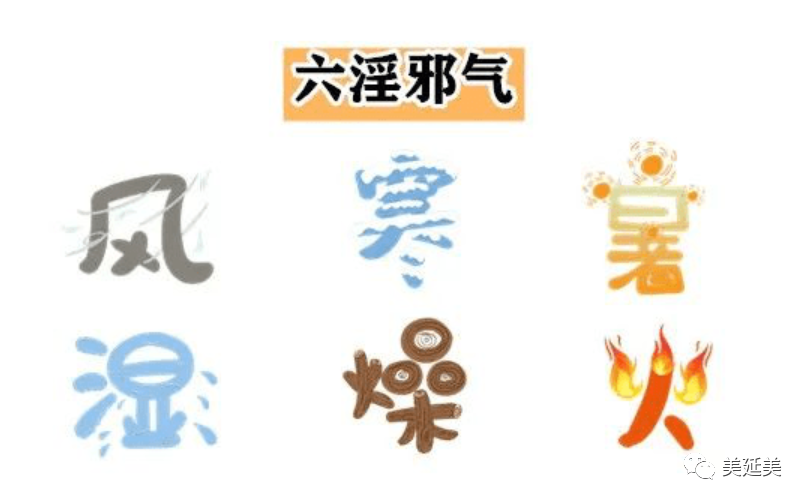
The Core Thought of TCM Medicinal Cuisine is to utilize the various effects of medicinal materials and food through daily dietary combinations to regulate the three elements of Qi, Blood, and Body Fluids within the human body, achieving a balanced state, thereby enhancing immunity and distancing oneself from the “Evil” that is the root cause of diseases.
2. Characteristics of Medicinal Cuisine
The application and preparation of traditional Chinese medicinal cuisine is not only a science but also an art of living. In general, medicinal cuisine has the following three characteristics:
(1) Suitable for prevention and treatment, focusing on pre-disease Medicinal cuisine emphasizes adjusting bodily functions through dietary changes and enhancing immunity. Moreover, most of the ingredients used in medicinal cuisine are edible medicinal materials with no toxic side effects, which are mild in nature but can effectively demonstrate significant effects in preventing and treating diseases and promoting health.
Thus, through specific formulas, medicinal cuisine can not only achieve therapeutic effects but also enhance immunity through harmonizing Yin and Yang and replenishing deficiencies, thereby serving as a means of early disease prevention.
(2) Dialectical application, high-level perspective When combining dietary ingredients, it is essential to determine the corresponding dietary therapy principles based on various factors such as the patient’s constitution, health status, nature of the disease, seasonal changes, and geographical environment.
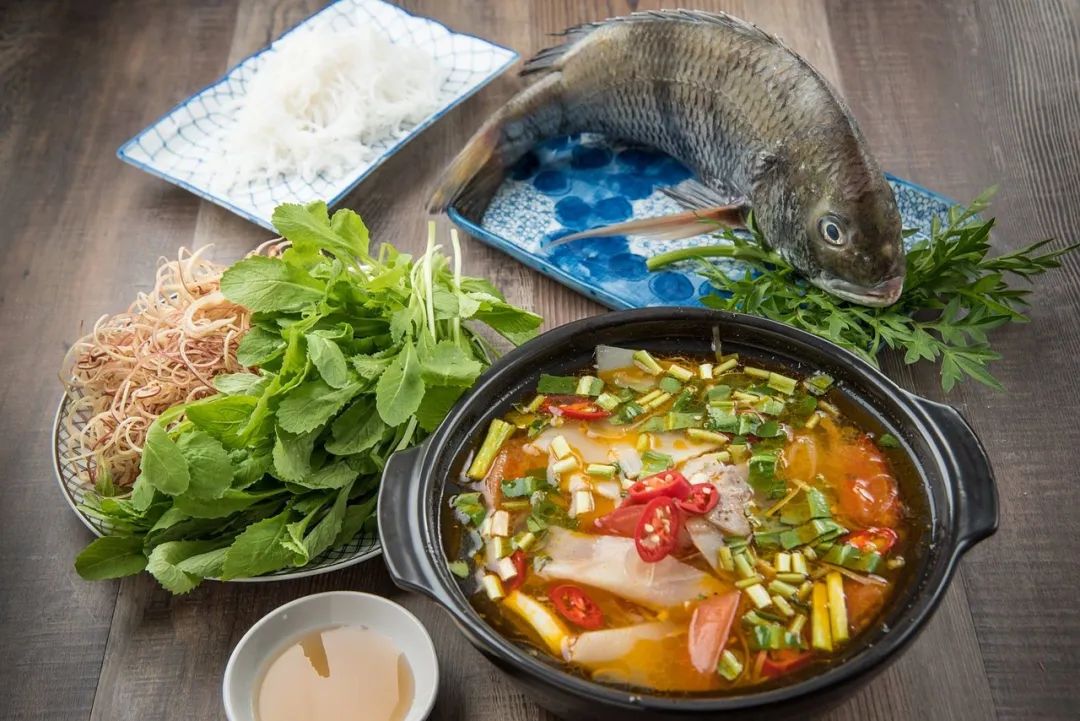
(3) Delicious and diverse Medicinal cuisine, based on traditional Chinese medicine, also incorporates the essence of modern nutrition and culinary arts, adhering to the principle that “medicinal properties borrow from food flavors, and food assists medicinal properties”, satisfying people’s innate preference for “disliking medicine and liking food”. Furthermore, the variety of ingredients and medicinal materials allows for various cooking methods such as boiling, frying, stir-frying, stewing, and steaming to meet different tastes and requirements.
3. Effects of Medicinal Cuisine
“Western medicine treats symptoms, while TCM treats the root cause”. Western medicine often alleviates patients’ suffering through pain relief, but this can obscure the diagnosis, preventing further treatment of many diseases.
However, medicinal cuisine achieves a dual effect of treating both symptoms and root causes by expelling the body’s “Evil” Qi. In short, medicinal cuisine primarily has three effects: health preservation, disease treatment, and enriching dietary culture.
-
(1) Health preservation Medicinal cuisine emphasizes the dietary preparation principle of “toxic medicine attacks Evil, grains nourish, fruits assist, livestock benefit, vegetables supplement, and flavors combine to replenish essence and Qi”, which can satisfy people’s dietary needs while meeting nutritional and health requirements, possessing therapeutic, strengthening, and anti-aging effects. Therefore, using medicinal cuisine for health preservation is significantly more effective than general medication.
-
(2) Disease treatment
Many diseases, at the onset or during a certain stage, can be significantly treated with medicinal cuisine or food as the main approach. Dietary therapy is an essential and indispensable component of clinical comprehensive therapy. Traditional Chinese medicine believes that the four Qi, five flavors, meridian affiliations, and Yin-Yang properties of food are closely related to human physiology. We can target patients’ symptoms based on the principles of “balancing flavors and connecting properties” and “cooling the hot, warming the cold, supplementing the deficient, and draining the excess”, applying relevant foods and medicinal cuisine to treat and nurture patients, achieving the goal of disease recovery.
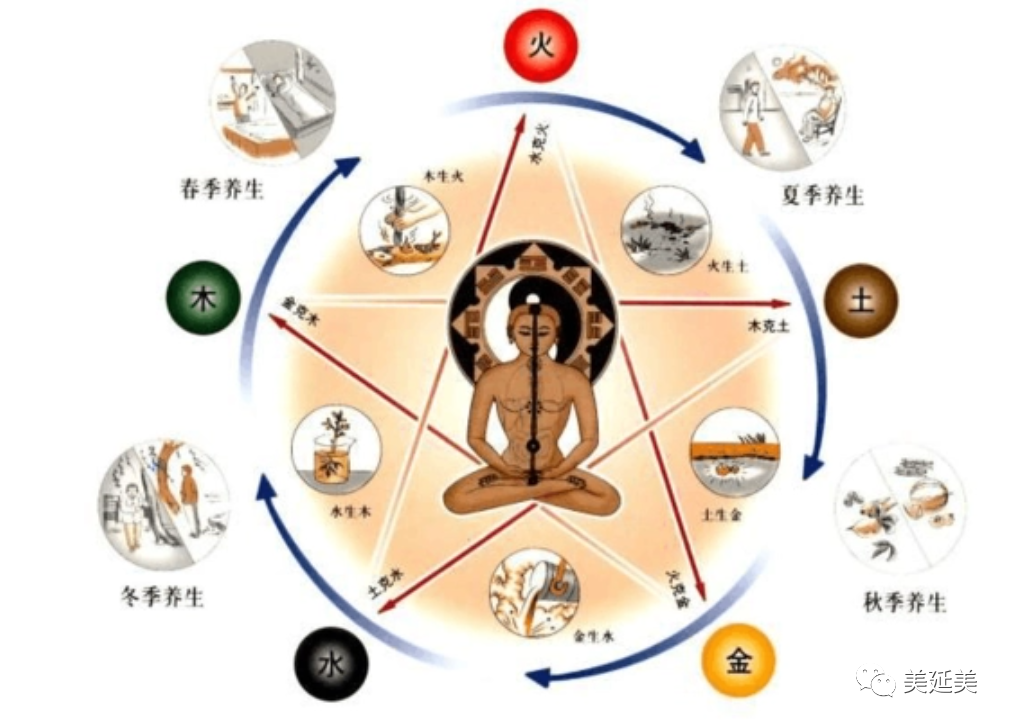
-
(3) Enriching dietary culture Incorporating both nutritious and health-preserving delicious dishes into people’s daily diets is a highly regarded dietary approach.
Medicinal cuisine has a long history, rich Chinese characteristics, and profound cultural connotations. Therefore, in activities such as home life, leisure, banquets, socializing, travel, and recuperation, medicinal cuisine serves as a unique cultural activity, positively and profoundly influencing the enrichment of dietary life, improvement of cooking techniques, and promotion of dietary culture.
4. Precautions for Medicinal Cuisine
Strictly adhering to the principles of medicinal cuisine is beneficial for disease prevention and health preservation. Conversely, failing to follow these principles may not achieve the desired outcomes and could even harm health. The following are some important precautions:
(1) Suitable combinations Some Chinese herbs combined with food can produce toxins, causing varying degrees of discomfort in the body, such as pork combined with Atractylodes (Cang Zhu) causing wind; combined with buckwheat causing hair loss and wind disease; combined with pigeon meat, crucian carp, and soybeans causing Qi stagnation.
For example, lamb should avoid vinegar, and dog meat should avoid garlic, which are principles and knowledge regarding the compatibility of medicinal materials and food, as well as food combinations.
Therefore, when cooking medicinal cuisine, we must pay attention to the experiences summarized by ancient people to avoid “wrong supplementation” or even “dying from ignorance”.
(2) Clear distinctions of suitability In the process of dietary therapy, it is also crucial to distinguish the suitability of medicinal materials and foods for different individuals. For instance, fish is not suitable for everyone, as the fish oil it contains mainly consists of 20-carbon or 22-carbon unsaturated fatty acids, which can inhibit platelet aggregation, greatly benefiting the prevention and treatment of coronary heart disease and cerebral thrombosis.
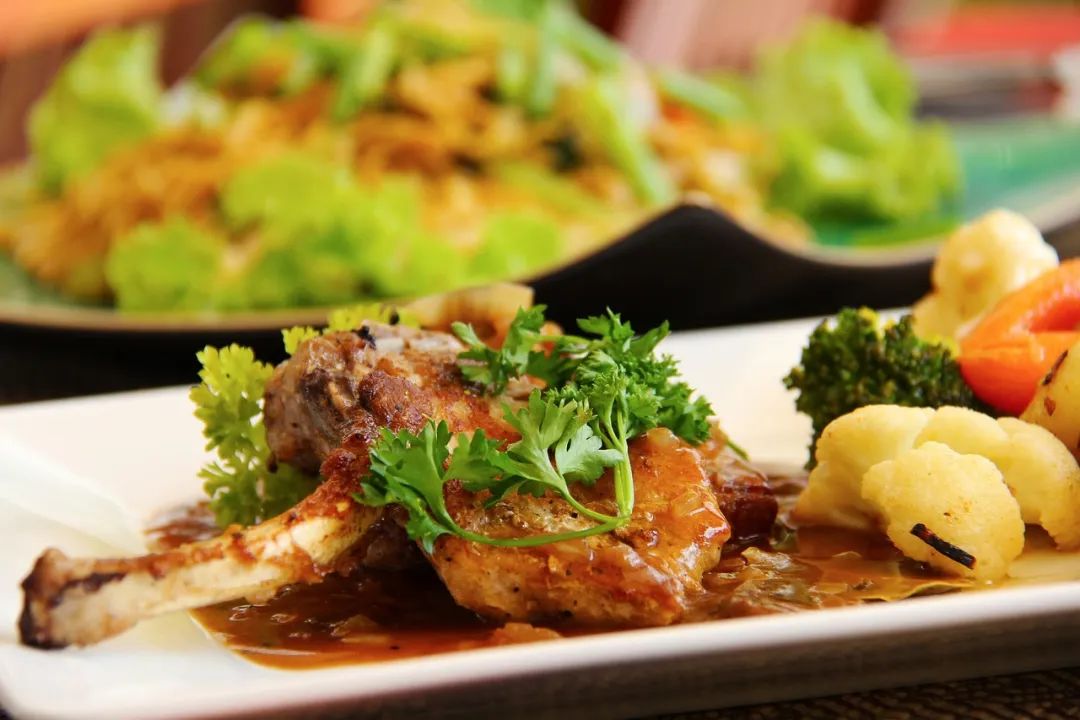
-
However, because it reduces platelet aggregation, it can lead to various spontaneous bleeding, including cerebral hemorrhage. Therefore, individuals with a tendency for cerebral hemorrhage or a history of cerebral hemorrhage should not blindly consume large amounts of fish.
5. Tips for Preparing Medicinal Cuisine
Based on the theories of traditional Chinese medicine, culinary arts, and nutrition, strictly following the recipes of medicinal cuisine to combine Chinese herbs with food that has medicinal value, using our unique cooking techniques and modern scientific methods to create delicious foods with certain color, aroma, taste, and shape is the basic principle of medicinal cuisine preparation.
-
However, to create a medicinal cuisine that is both delicious and effective, in addition to adhering to this basic principle, some essential tips must also be followed in practice. (1) Choose fresh medicinal materials Many Chinese medicinal materials are best consumed fresh, as they not only taste similar to ordinary dishes but also have vibrant colors. For example, yam (Shan Yao), lily (Bai He), etc., fresh ones are better than dried ones, having medicinal effects without the medicinal taste. (2) Prefer sweet-tasting medicinal materials because sweet-tasting medicinal materials have good medicinal properties and can enhance the sweetness of dishes, making the overall flavor of medicinal cuisine better. (3) Use seasonings to reduce medicinal taste Commonly used seasonings in daily life, such as sugar, wine, oil, salt, sauce, and vinegar, are all ingredients for medicinal cuisine, and non-sugar sweeteners, such as protein sugar and stevia, are modern scientifically developed new seasonings.
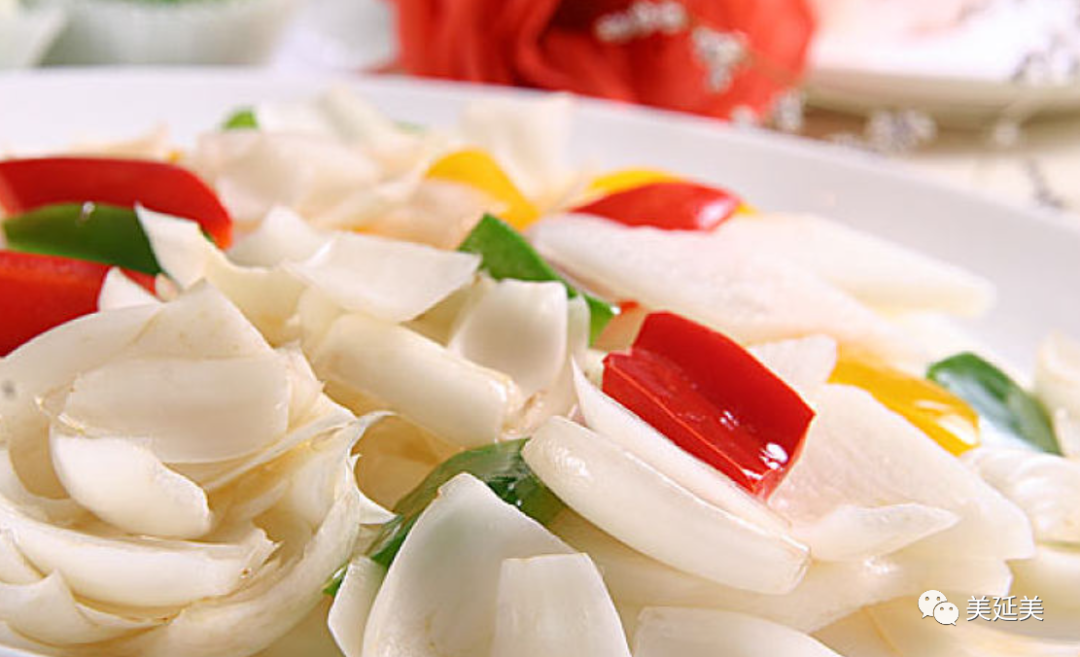
Using these seasonings can effectively reduce the medicinal taste. If stir-frying, some stronger-flavored seasonings can also be added.
(4) Boil medicinal materials into juice before cooking This can make the medicinal properties milder without losing efficacy and can also reduce the medicinal taste, achieving multiple benefits. (5) The amount of medicinal materials should be moderate Avoid using the same amount of medicinal materials as when decocting medicine, as this can make the medicinal taste too strong, affecting the dish’s flavor. (6) Wrap medicinal materials in a cloth bag when preparing medicinal cuisine This can prevent medicinal materials from sticking to the food, reducing bitterness while maintaining the dish’s appearance and color.
6. Selection of Medicinal Cuisine Ingredients
When selecting ingredients for medicinal cuisine, it is essential to ensure hygiene while considering the medicinal properties and flavors of the ingredients, and to use them specifically according to the disease. Additionally, it should be done with a focus on variety, freshness, and quality.
(1) Variety refers to using a wide range of ingredients. Any food, dried fruits, various vegetables, and animal products such as poultry, livestock, or seafood can be used for dietary therapy and medicinal cuisine. (2) Freshness means that the selected ingredients for medicinal cuisine should be new, fresh, and tender. Especially for poultry, livestock, seafood, and game, they must be fresh products, such as fish, shrimp, and crabs, which should be slaughtered, cooked, and eaten immediately to ensure both the deliciousness and efficacy of the medicinal cuisine.
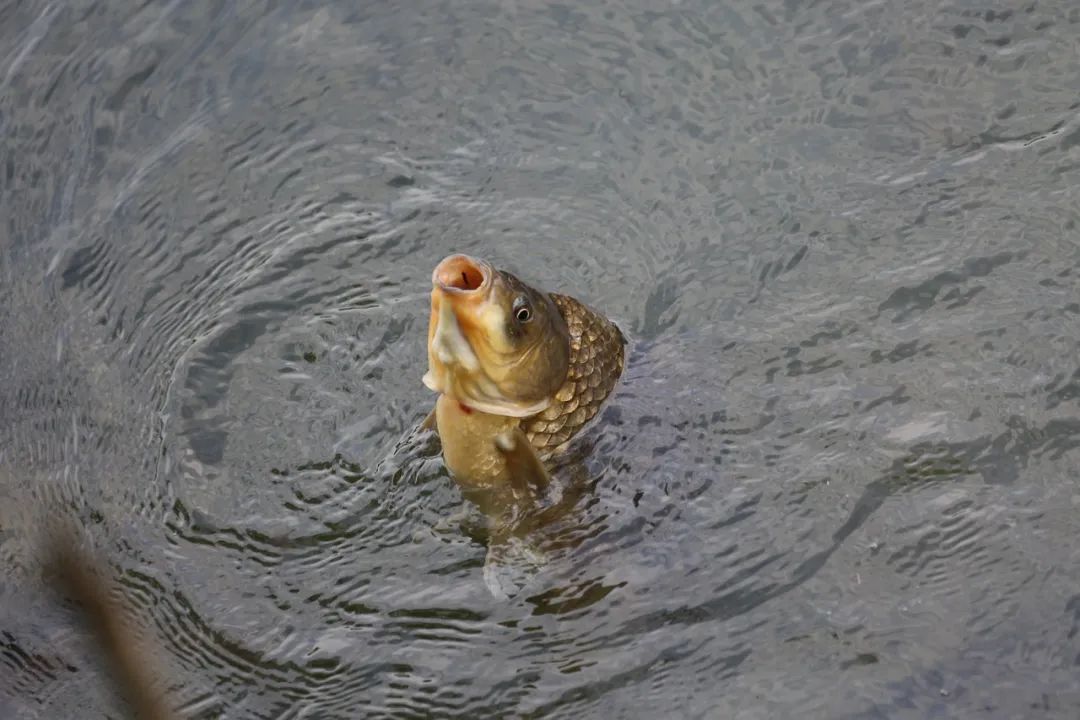
(3) Quality means carefully selecting high-quality varieties and parts of the ingredients. Different parts of some foods have different effects, so to maximize the efficacy of medicinal cuisine, they should be prepared accordingly.
For example, lotus seeds have the effects of tonifying the spleen, stopping diarrhea, benefiting the kidneys, and securing essence; lotus hearts have the effect of clearing the heart and dispelling heat; while lotus pods can be used to stop bleeding.
7. Preservation of Medicinal Cuisine IngredientsFor preserving medicinal cuisine ingredients, it is best to store them in a cool, dry, and ventilated place.
If ingredients need to be stored for a long time, it is best to keep them in a sealed container or a bag with moisture, or refrigerate them. For medicinal materials that have become damp, they should be dried in the sun or stir-fried to remove excess moisture.
Another method is to lay the medicinal materials flat on clean paper and illuminate them with light.
It is also important to note that medicinal materials have a certain shelf life, and no medicinal materials should be kept for too long, especially those that have become infested or moldy due to prolonged storage should not be used, as they can have adverse effects on health.
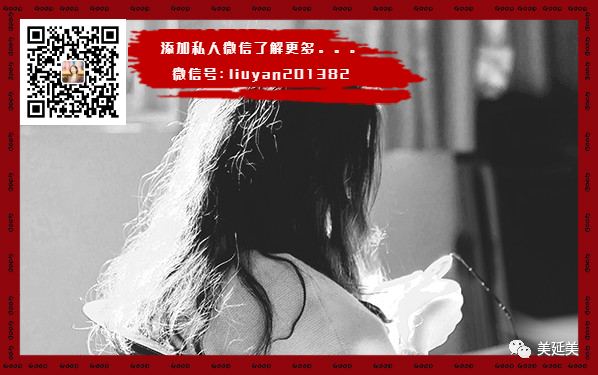
For medicinal materials purchased, any residues can be soaked in clean water for half an hour (except for those that should not be soaked), and then rinsed with clean water before cooking.
It is particularly important to remind that if one accidentally consumes medicinal cuisine that is not suitable for their constitution, they should immediately stop consuming it, drink plenty of boiled water to aid metabolism and accelerate urination, or choose foods with properties opposite to those of the medicinal cuisine to alleviate discomfort. However, if the symptoms of discomfort are severe, immediate medical attention is required.


Source: Compendium of Materia Medica (Bencao Gangmu)
